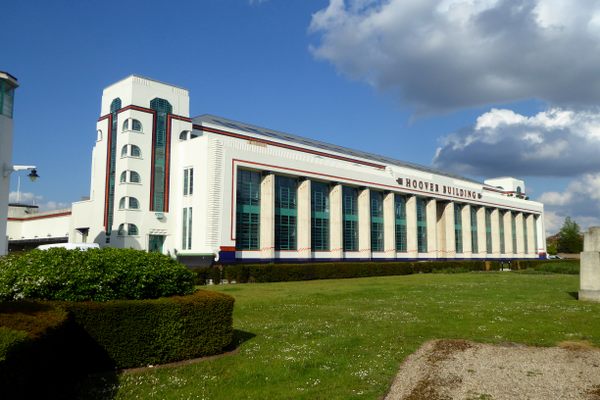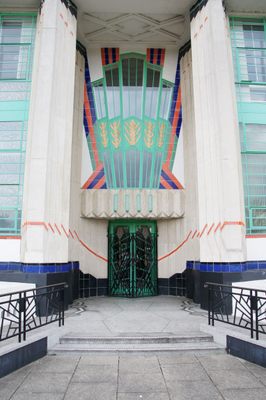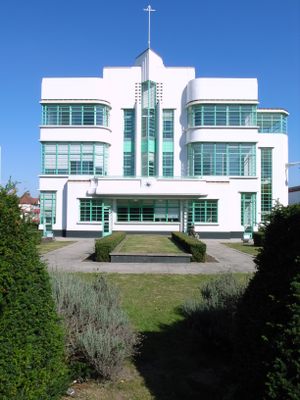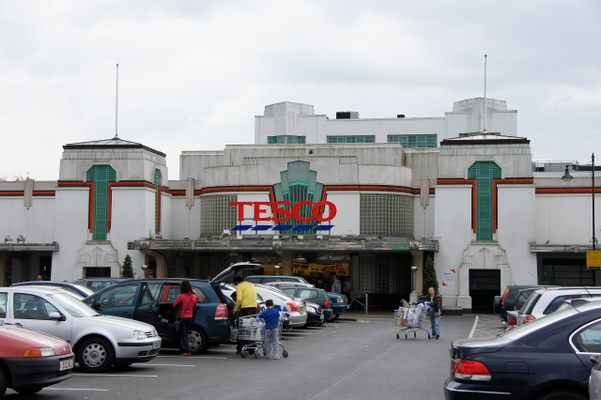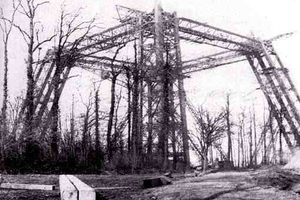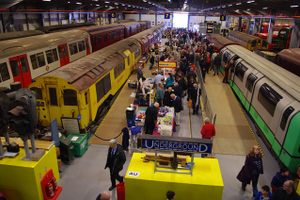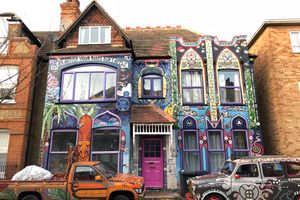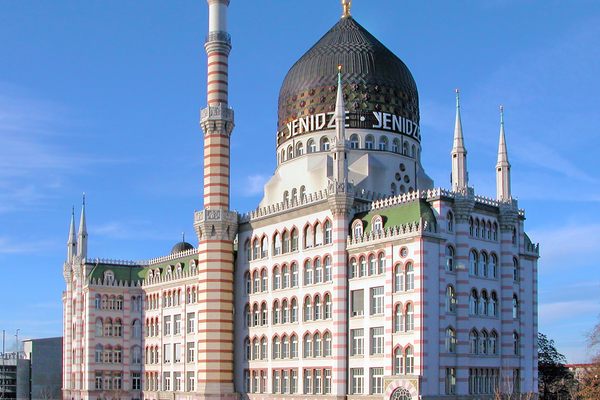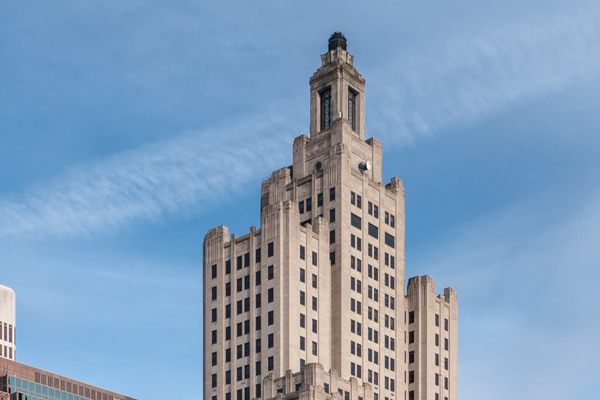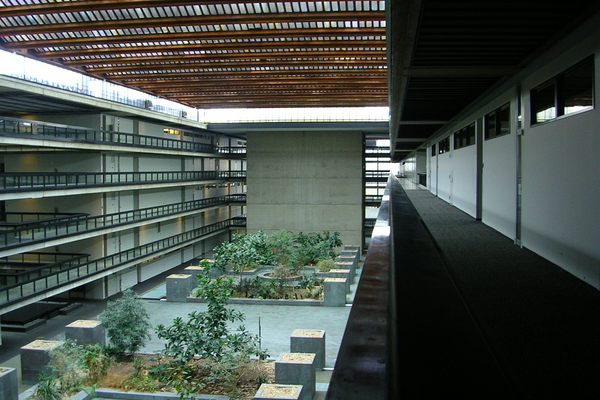About
One of the most prominent buildings in Outer London is the Hoover Building. This Art Deco architectural masterpiece stands between the A40 and the Central Line in Perivale, where it is seen by thousands of commuters every day. Because it is relatively far from the main tourist attractions and businesses in Central London, most tourists and many London residents don't seek it out.
The building was constructed in the early 1930s when the Hoover Company (the vacuum cleaner manufacturer) decided to expand its business presence in the United Kingdom. They commissioned Wallis, Gilbert, and Partners to design what would become a complex containing both factory space and offices for Hoover. (Oddly, while the architectural firm was in part named for its founder, Thomas Wallis, no one named Gilbert nor any other partners worked for the firm.) The resulting buildings not only incorporated classical art deco geometrical designs but also bright and vivid colors as well as Aztec- and Mayan-inspired motifs.
The factory opened in 1933, but a series of extensions and outbuildings were added to the site up to the start of World War II in 1939. During the war, the buildings were camouflaged and used to manufacture aircraft parts, but after the war, the building returned to manufacturing vacuum cleaners, and another extension was added.
The buildings continued to be used by the Hoover Company until 1982, when they closed because they were no longer profitable. Before that, the main building and the canteen building were given Grade II listing, which prevented them from being demolished. The complex was then bought by the UK supermarket chain Tesco, which demolished some of the smaller outer buildings and opened a superstore in 1992 to the rear of the main building while using the rooms in the front for offices.
The offices were later vacated, and in 2018, the interior of the front of the main building was converted into apartments in a process that retained many of the original interior art deco features. Additionally, an Indian restaurant named Royal Nawaab eventually opened in the canteen building.
Today, this building is an imposing but colorful reminder of mid-20th century British manufacturing, and it is certainly worth the brief trip outside of Central London to see it.
Related Tags
Know Before You Go
The Hoover Building and its associated structures and businesses are easily accessed from the A40. Additionally, the area can easily be reached by the West Ruislip branch of the Central Line on the London Underground, and a few bus routes also stop near the complex.
The exterior of the building and the surrounding complex can be viewed anytime; the best views of the main building are from the landscaped area to the south. The supermarket and Indian restaurant are accessible during their business hours, but keep in mind that the front part of the main building itself now contains private residences.
Community Contributors
Added By
Published
July 27, 2022

